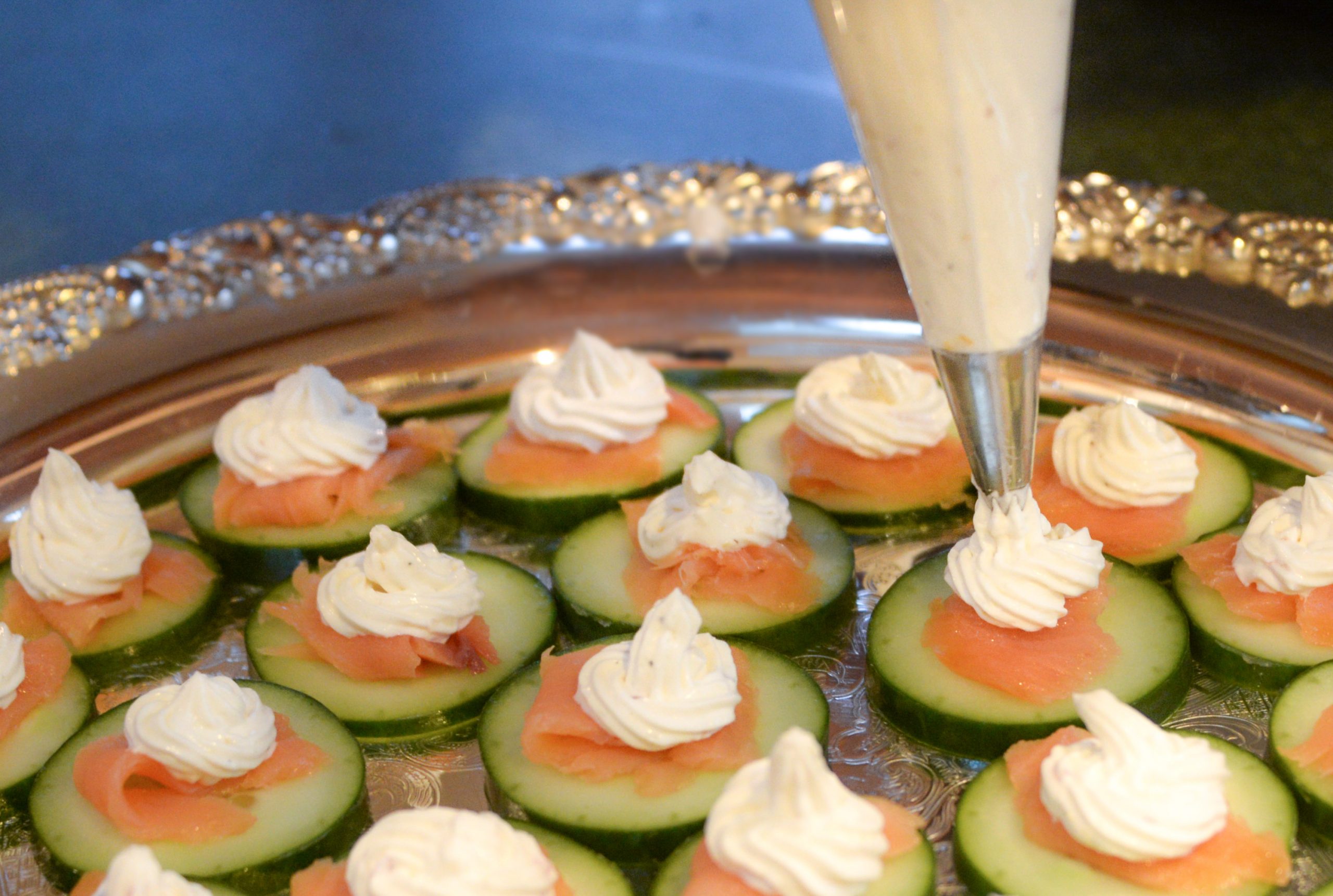The Geometry of Pasta
Last week I looked at an older, beloved cookbook, “How to Eat.” This week I explore what seems destined to become a new favorite. Co-created by critically acclaimed chef Jacob Kenedy and graphic designer Caz Hildebrand, “The Geometry of Pasta” (Quirk Books, 2010) delves into the history of pasta shapes and what sauces compliment each shape. Curious about why fusilli looks like a corkscrew or what sauce goes well with that cute, pinwheel-shaped pasta? Through black and white drawings by Hildebrand and over 100 recipes by Kenedy I’ve learned those answers – and more – in this engaging cookbook. Although I’ve yet to cook my way through all of “The Geometry of Pasta,” I have found quite a few culinary gems. Take, for instance, orecchiette con cime i rappa or orecchiette broccoli rabe. Featuring sliced garlic, crushed red pepper flakes, broccoli rabe and, of course, “little ears” of orecchiette, this light, olive oil-dressed dish works perfectly as a generous meal for two or side for four to six. Spaghetti alla puttanesca likewise won me over …
